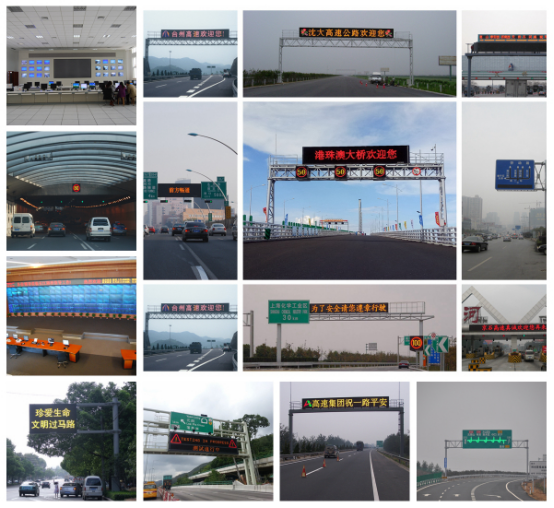Sansi LED: Sustainable LED Lighting and Integrated LED Display
Delivering premium and professional LED Display, LED Lighting, Smart City Integration solutions, trusted by over 60,000 companies worldwide everyday. From industrial lighting to commercial lighting, from outdoor advertising to XR & VR production, Sansi LED greatly improves the quality and sustainability of your business with 30 years of expert experiences.
Variable message signs (VMS) are the most commonly used information release system on urban arterial roads and highways. They provide real-time road conditions and relevant information to drivers and pedestrians. In areas with heavy vehicle traffic, these information boards are an integral part of the road safety control system. When designing or selecting VMS, several factors need to be considered.

Due to their continuous exposure to unpredictable outdoor environments and the varying illumination caused by weather conditions, VMS must have the ability to adapt to different surroundings. Apart from ensuring clear visibility under peak daylight conditions, it is also important to avoid glare during nighttime or rainy days. To meet these requirements, the display brightness of VMS needs to be automatically adjusted based on the ambient illuminance and surrounding environment. Generally, it is recommended to set the automatic dimming level of the boards above 32, with 64 being an even better option.
Variable message signs on expressways are installed in a wide range of areas, making routine maintenance and inspection work difficult for relevant staff. To address this issue, a remote control and fault diagnosis/detection system are essential. SANSI was the first to propose an intelligent control system that supports real-time fault monitoring. The monitoring center can constantly monitor the status of the information boards and respond promptly to ensure road traffic safety. Additionally, the system includes a localized human-computer interaction (HCI) window, allowing administrators and users to easily access status and fault information through a local touch screen, facilitating maintenance. Aside from display drive, detection, and control functions, the system is also equipped with a remote communication interface that can be linked with a remote equipment control center. This technology has been widely applied in highway projects nationwide.

In the face of heavy traffic pressure, information release requires not only immediate and accurate updates, but also continuous reliability and stability. For instance, with the upcoming national highway cancellation toll station project in China, a standardized chassis size of 1m*1m made of high-strength materials has been proposed to ensure unified management. Moreover, the system uses an industrial control computer with Linux embedded source code and an ARM processor, which effectively reduces the risk of system crashes due to its low power consumption. With a specialized data transmission structure and verification algorithm, the overall reliability of the system is significantly improved.
-
NO DATA
